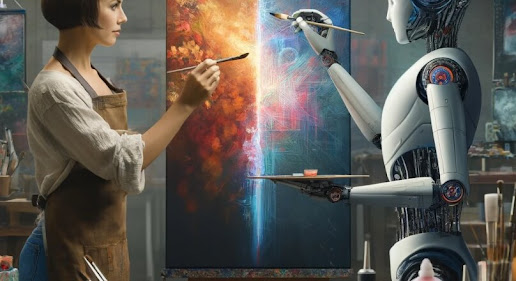ChatGPT has taken a significant leap forward by integrating the ability to process images, heralding a new era of possibilities for artificial intelligence. This multimodal capability allows users to interact with the AI through various data types—text, audio, and images—enhancing the way we communicate and collaborate with technology.
Training these multimodal models involves a comprehensive dataset of images and their corresponding captions. By maximizing the cosine similarity between text and image vectors, the model learns to associate words with visual representations. This intricate training process is key to the effectiveness of multimodal AI.
ChatGPT distinguishes itself by accepting and generating multiple modalities, a feature that traditional text-to-image models do not possess. This capability raises interesting questions about how users interact with the model?
For instance, if a detective asks ChatGPT to "paint a picture" of a suspect, is the request for a literal image or a metaphorical depiction? The AI faces challenges in interpreting such ambiguous requests, highlighting the complexity of human language.
Moreover, it's crucial to differentiate between the LLM (Large Language Model) and the user interface (UI) of ChatGPT. The UI combines various models, such as DALL-E and Whisper, to facilitate seamless interactions across modalities. This integration exemplifies the power of natural language as a common thread, tying different data types together.
ChatGPT's multimodal capabilities significantly enhance user experience, paving the way for more intuitive interactions with AI. As technology evolves, the potential for collaboration between humans and machines will only expand, making the future of AI increasingly exciting.

No comments:
Post a Comment